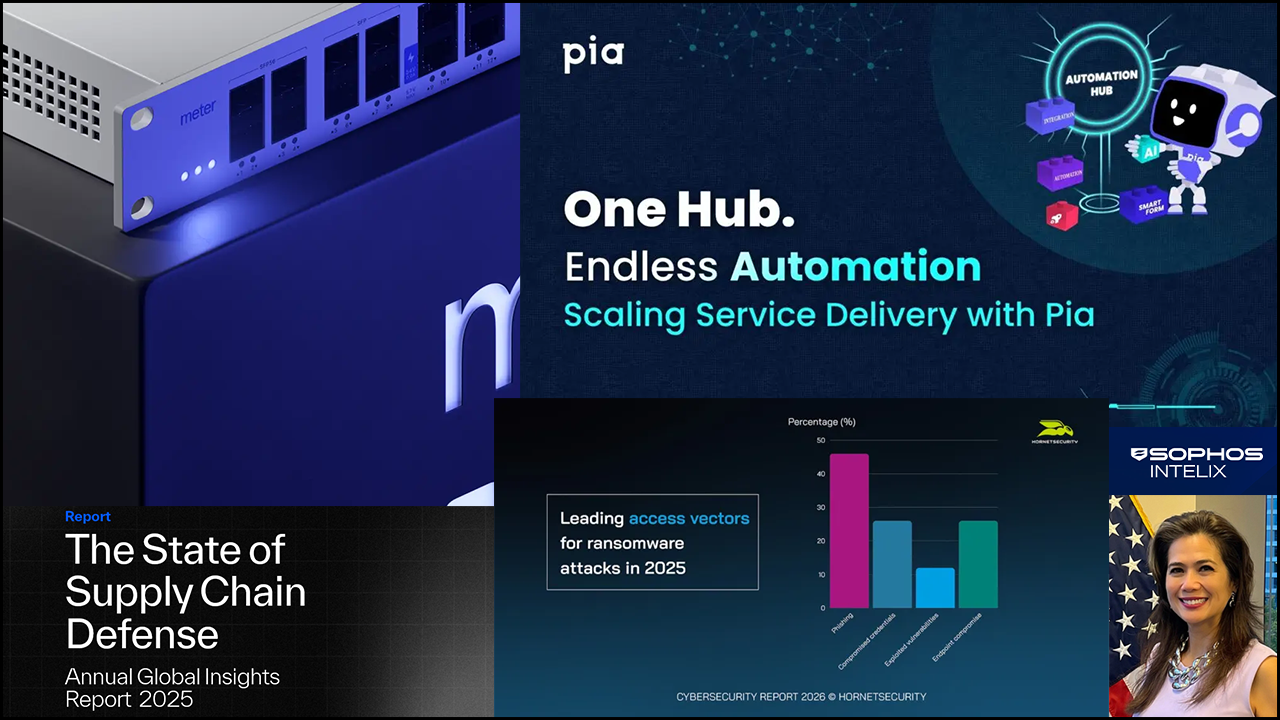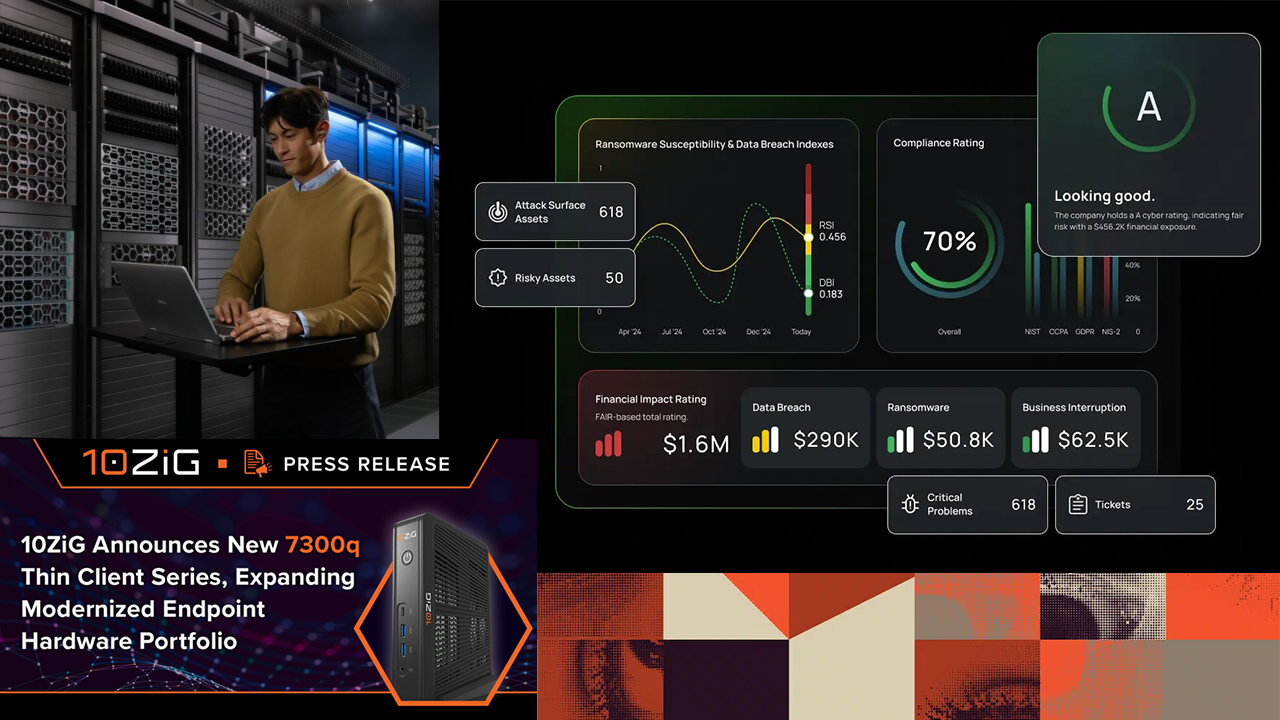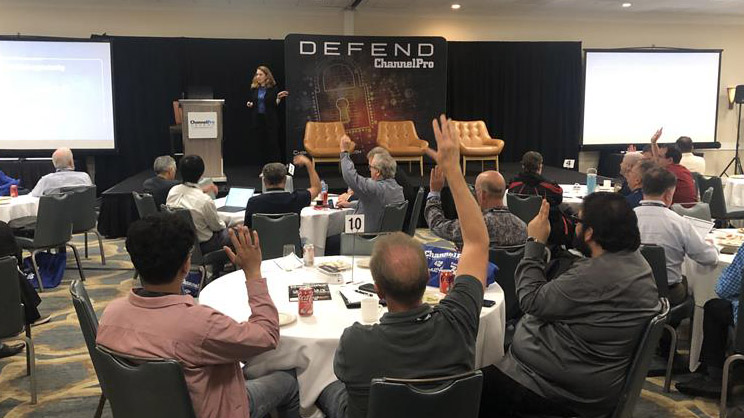Microsoft’s Vista operating system made the home theater PC (HTPC) practical by baking media functions into Windows. But competition from smarter consoles like the Sony PlayStation 3 on the low end, Internet-enabled TVs and DVRs (digital video recorders) in the middle, and the new-housing construction slowdown make the HTPC market tight.
And don’t forget competition from streaming options like Netflix. “People don’t store as much of their content as they used to,” says Mark Hudgens, owner of Sound and Image Design LLC in Arlington, Texas, near the Dallas Cowboys’ new stadium. “But servers are still important to real movie buffs who like obscure content, maybe black-and-white films. They don’t want to handle discs all the time, so they use a media server.”
Hudgens offers two HTPC options with his media system installations. “VidaBox is a typical media center PC with the Windows look and options,” he says. “StreamingBlu systems are more customized and customizable. We configure it so users just see the media services but none of the PC part of the box.” Hudgens wanted preconfigured hardware options so “the customer doesn’t have to determine what to put in the PC. We optimize it for the customer.”
For example, “If they just want to see Netflix and their movie content, that’s all they’ll see,” says Hudgens. “If they want to see their photos and 15 other things, they’ll see that.” He recommends VidaBox for customers used to the Windows Media Center software, and StreamingBlu for those who aren’t.
But there’s a surprising little box that appears in Hudgens’ installations. “We use lots of Apple TV units,” he says. “Even when doing huge installations, we’ll have an Apple TV or two around.”
Like Hudgens, Josh Covington markets media center systems to a specific clientele, mostly in high-end markets. Covington, who is marketing manager at Richmond, Va.-based Velocity Micro Inc., a national computer builder offering desktops, notebooks, Cruz tablets, high-performance PCs, and media centers, sells direct, mostly through audio-visual forums. His company’s media center offerings include the CineMagix Z70, starting at $1,249, and the CineMagix Grand Theater, which starts at $1,599. These systems replace the cable box, DVR, and Blu-ray/DVD player.
“When we first got into this area, with the Vista Home Media Center, we were marketing it heavily and did well for a few years,” says Covington. “We haven’t pushed it [as much] for the past few years, because it’s hard to compete against consoles, smart TVs, and DVRs.”
NO CABLE? NO PROBLEM
Still, Mike Beuligmann, president of St. Louis-based eCollegePC.com, says there is a market for HTPCs, albeit a small one. “They’re good for people who don’t have cable and use Hulu and Netflix, looking to save money in the long term.” Beuligmann offers systems starting around $400 with no operating system, and provides free Ubuntu Linux software. Adding Windows and assorted software bumps the cost up to around $550.
“About 2 percent of our sales are HTPCs,” says Beuligmann, who sells about 2,500 systems per year direct to consumers.” The other 98 percent of his sales are gaming PCs.
For HTPC builders that prefer to avoid Windows Media Center software and don’t like Ubuntu, there’s another open source software option: XBMC. According to the organization’s website, XBMC.org, XBMC is “a free and open source (GPL) software media player and entertainment hub for digital media” that runs on Linux, OS X, and Windows. Builders that prefer an appliance may appreciate OpenELEC 2.0, a speedy, Linux-based version of XBMC for Intel and AMD-based PCs that hides the operating system and becomes a media appliance.
On the low end of the market, custom builders concede that smart TVs and more capable DVRs are taking over. “Sometimes we recommend people don’t buy an HTPC,” says Beuligmann, who notes that they can be inconvenient to use.
The high-end market demands convenience of a different sort, says Hudgens. “For our customers, it makes more sense to put in a dedicated home entertainment PC that’s not really PC functional. This is especially true in houses with teenagers.”











